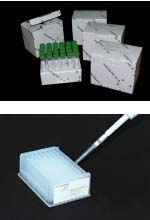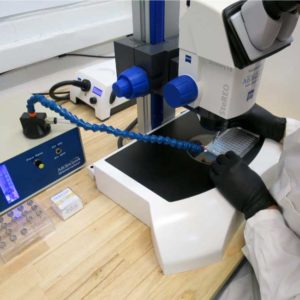JBScreen Pi-Minimal
The Pi-minimal Screen was developed at the MRC Laboratory of Molecular Biology (Cambridge, UK) for efficient crystallization screening of soluble proteins. The approach is based on incomplete factorial design.
Product Information
Crystal Screens - Pi-Screens
The Pi-Screens were developed at the MRC Laboratory of Molecular Biology (Cambridge, UK) for efficient crystallization screening of soluble proteins (Pi-minimal Screen) and integral membrane proteins (Pi-PEG Screen). The approach is based on incomplete factorial design.
The unique formulation was generated following a strategy named Pi sampling [1] in order to create novel combinations of precipitants, buffers and additives across a standard 96-condition plate layout. Thus, the diversity amongst the crystallization conditions is ideal for initial screening.
The Pi-minimal Screen includes 36 components, i.e. 12 precipitants, 12 buffers systems and 12 salts. Buffers employed in the Pi-minimal screen are buffer systems (acid-base pairs, e.g. HEPES and HEPES sodium salt). Consequently, pH can be adjusted by mixing 2 stock solutions at different ratios during later optimizations.
The efficiency of the Pi-minimal Screen was demonstrated by the crystallization of 10 proteins before its commercialization [1].
The Pi-PEG Screen includes various polyethylene glycol mixtures, additives and buffers covering a pH range from 4,0 – 9,5 and hence is suitable for integral membrane proteins as well as for soluble proteins.
The efficiency of the Pi-PEG screen was demonstrated by the crystallization of a G-protein coupled receptor (GPCR) when quality crystals could not be produced with other commercially available screens [1].
Format
Bulk – 4 x 24 screening solutions in 10 ml aliquots
HTS – 96 screening solutions delivered in a deep-well block, 1.7 ml per well
You may also like…
-
Watershed – Optimized Crystal Harvesting
Prevent loss or damage to the crystals that you’ve spent time growing and optimizing. The Watershed™...


